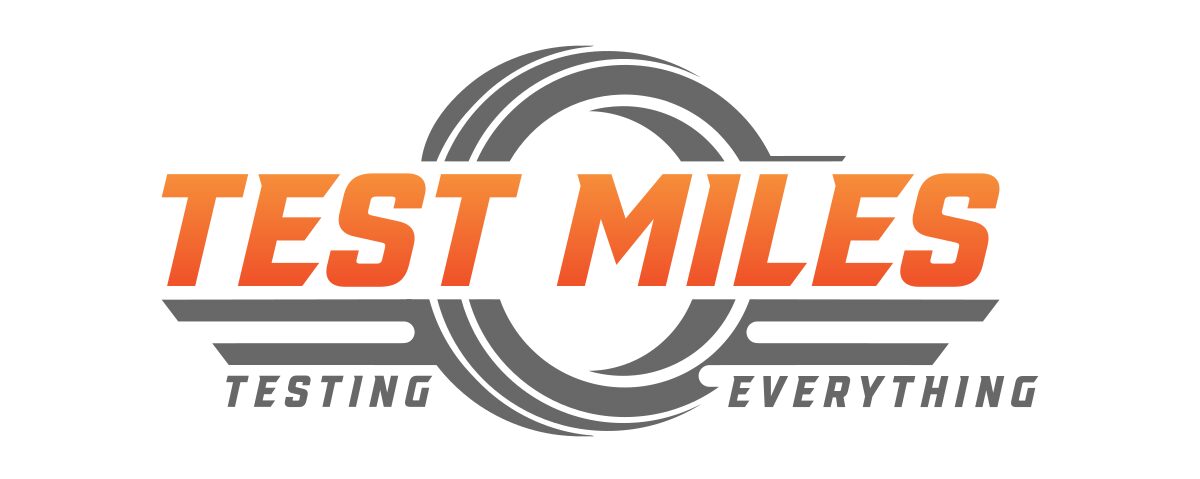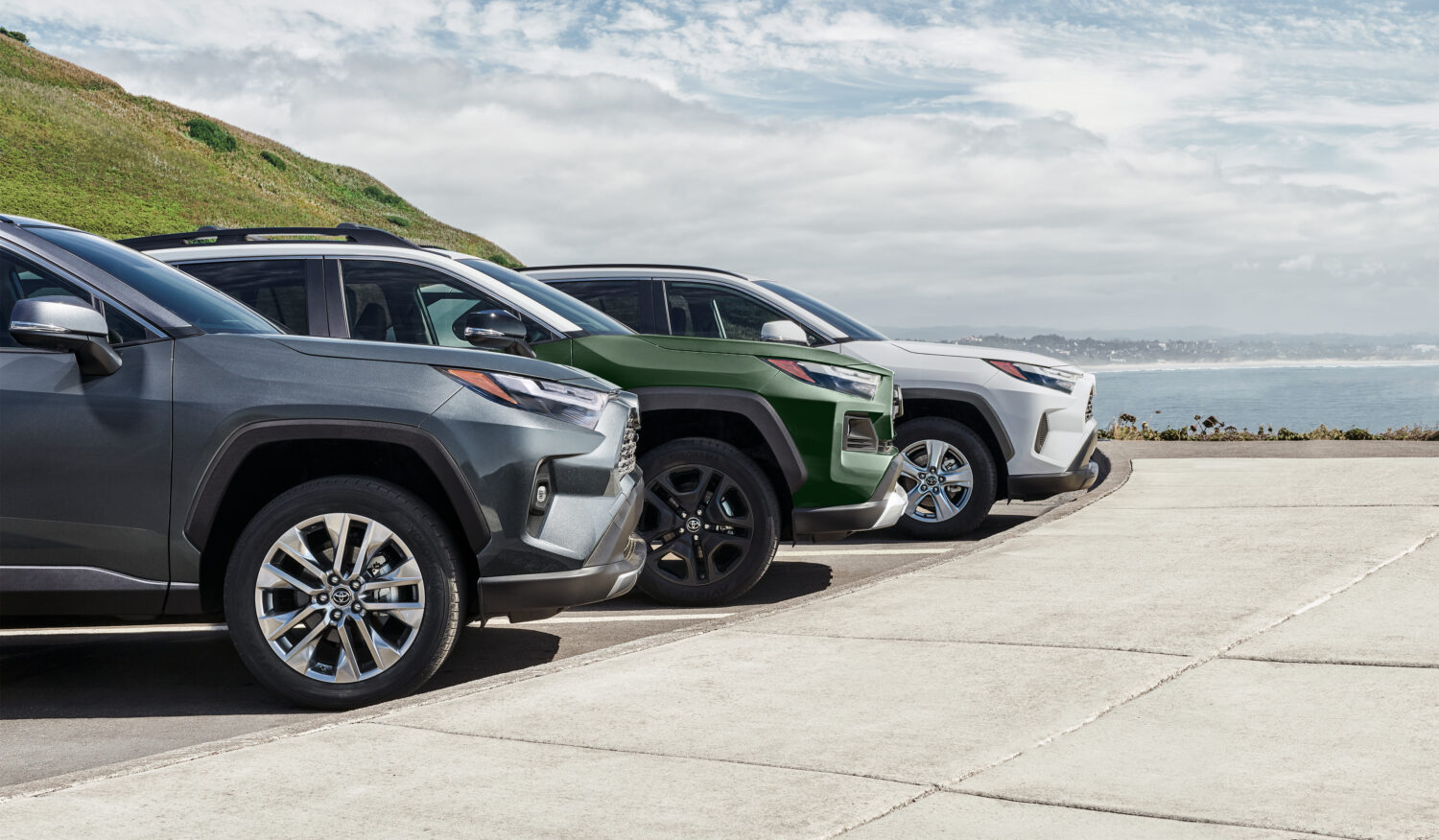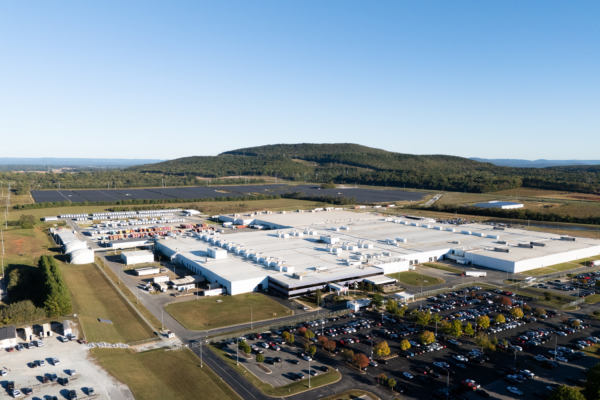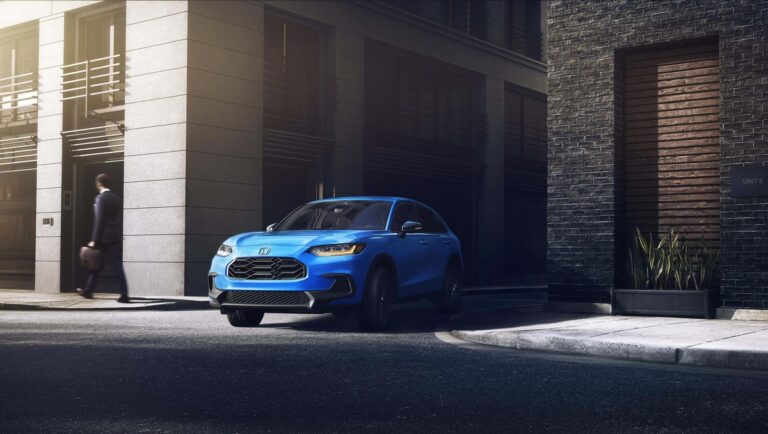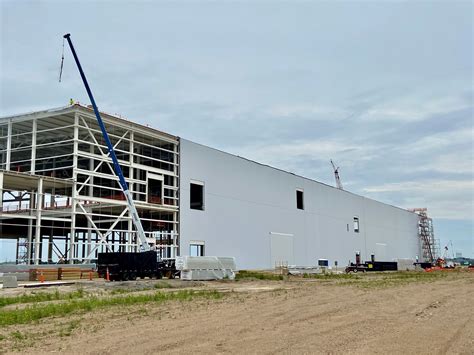2025 Car Buyers Want Autonomy and Safety Tech
Hands-off driving and ADAS safety features top the list of must-haves for new car buyers, according to AutoPacific’s latest research.
New AutoPacific study reveals rising demand for hands-free driving and driver assistance features as younger buyers enter the market.
This year’s Future Vehicle Planner from AutoPacific, the respected research firm known for forecasting what Americans want in their next cars, shows a shift in priorities. From the nearly 18,000 drivers surveyed each planning to buy a new vehicle within three years there’s a loud and clear message: they want more autonomy, more safety, and more control over how little control they actually have.
You may also like: VW may build Audi cars in the U.S. to ease $1.5B tariff hit
Why does this matter right now?
The 2025 Future Attribute Demand Study (FADS) uncovers two standout insights: consumers are warming up to semi-autonomous tech, and they’re starting to trust systems that once sparked skepticism. Topping the wish list for 2025, tied at 43% of buyers each, are hands-off, semi-autonomous highway driving (à la Ford BlueCruise or GM Super Cruise) and rear automatic emergency braking. Compared to 2024, interest in highway autonomy jumped by a striking 20 percentage points.

That kind of movement suggests a growing comfort with the car doing some of the driving, especially on mind-numbing stretches of interstate. Rear automatic emergency braking a simpler but highly effective safety net benefits from widespread availability and growing consumer familiarity, nudging it into “must-have” territory for many.
You may also like: 2025 Honda Civic Hybrid Returns with Style!
How does it compare to rivals?
The data doesn’t compare vehicle brands directly, but it does make one thing clear: manufacturers that integrate advanced driver-assistance systems (ADAS) and limited autonomy now have a competitive edge. Six additional features related to autonomy and ADAS ranked in the top 15 most wanted for 2025, including:
- Adaptive cruise with lane centering and stop-and-go
- Lane change assist
- Rear cross-traffic alert with emergency braking
- Emergency evasive steering
- Hands-off full autonomy to a destination both with and without driver override
These aren’t fringe desires anymore. And as more automakers move toward higher ADAS installation rates, those lagging behind may find themselves on the wrong side of consumer demand curves.
You may also like:Tesla Robotaxi Launch, Layoffs, and Probes
Who is this for, and who should skip it?
Buyers under 40 particularly Gen Y and Gen Z, are leading this trend. With a median respondent age of 39 (down from 44 in 2024), this year’s Future Vehicle Planner captures a generational shift in automotive expectations. These are drivers raised on smartphones and streaming, not stick shifts. They value convenience, tech, and seamless integration over raw horsepower or heritage badging.

If you’re a consumer who still prefers to drive every mile with both hands on the wheel and both eyes glued to the road, you may not be ready to embrace these changes. But for the growing number of drivers who want their commute to double as a mobile office or a quiet escape, these features hit the mark.
You may also like: Inside Toyota’s $1.8B Factory of the Future That Can Build Anything
What’s the long-term significance?
This year marks the first time AutoPacific asked whether top-desired features were “must-haves” or merely “nice-to-haves.” It’s a game-changer. All-wheel drive, blind spot cameras, wireless CarPlay/Android Auto, and parking sensors scored high on the “must-have” scale. Surprisingly, only 33% of those who wanted hands-off highway driving said it was non-negotiable. The rest? Interested, but not desperate.
Still, that 33% is a big deal for automakers. Offering these advanced features even if they’re not yet standard could sway buyers at the dealership. And as systems become more common, their perceived necessity will likely grow. In short, what’s optional today may be tomorrow’s deal-breaker.
AutoPacific’s report also points to a broader cultural readiness. More consumers now agree with statements like “I trust systems that prevent accidents automatically” and “I want my vehicle to safely drive itself so I can do other things.” The old wariness is giving way to cautious optimism and curiosity.
With robotaxis popping up in test markets and AV pilots expanding in parks and campuses, Americans are getting a taste of the future. It may not be mainstream yet, but the demand is brewing. For the industry, that’s not just good news it’s a mandate.
Like what you’ve read? Stay in the driver’s seat with more insider automotive insights. Follow @NikJMiles and @TestMiles for stories that go beyond the press release.
